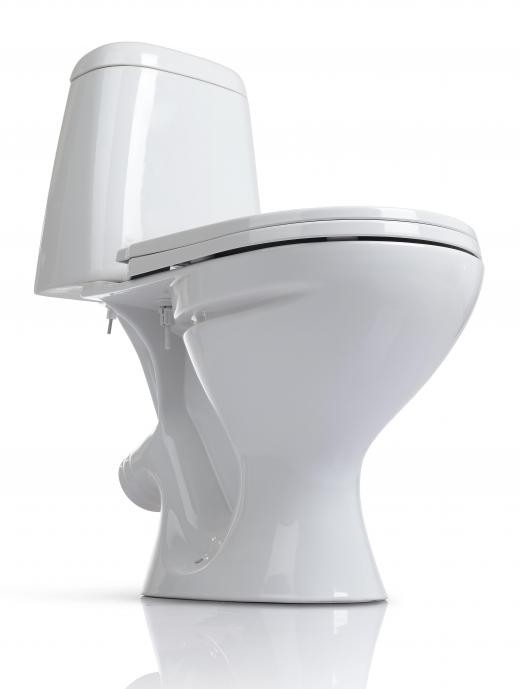The term flange describes several structural features used to strengthen, guide, or join a wide variety of elements. Examples of strengthening flanges include the projections on steel I beams while one of the best examples of a guide flange is the flat, vertical rim of a train wheel. Joint flanges are represented by an extensive selection of mechanisms for connecting pipes and cylinders.
Flanges are extensively used structural elements in a large number of industries. Basically internal or external ribs or rims, they may be used as a strengthening member, a guide, or indexing element or as a method of joining system parts such as pipes, tanks, valves, and blanking plates. The flanges cast as part of structural steel members, such as I and T beams for instance, are integral elements which lend rigidity and linear strength to the beams. When viewed in cross section, the horizontal top and bottom parts of the beam are the flange elements which strengthen the beam against bending forces.

Guide flanges are usually also cast as integral parts, the best examples of which are the rims of crane and train wheels. These wheels are manufactured as a horizontally oriented cylindrical bearing element with a flat, vertical flange on one end. The vertical element acts as a guide preventing excessive lateral movement which could cause the horizontal bearing surface of the wheel to leave the rails. Guide flanges are also incorporated on both ends of the rollers to orient crane and winch cables or tug tow ropes.
Certainly one of the largest groups of flanges is used to join system elements or to add auxiliary equipment to pipe systems. These joints are typically seen on tanks, pipes, and pressure vessel cylinders and usually consist of flat circular plates on either element bolted together to form a non-permanent, fluid or gas tight joint. Flanges fitted to common system parts will generally all be the same size and have identical mounting hole patterns. Auxiliary equipment such as valves, blanking plates, gauges, and dosing feeders feature the same flanges, thereby allowing them to be rapidly attached and removed from the system.
Some joint flanges utilize a combination of adhesive and bolt-on methods to make the joints. Plumbing fittings such as toilet closet flanges are a good example of these types of flanges. These flange variants may be made of plastics such as ABS and PVC exclusively or feature a combination of plastic and steel parts. In these cases, the plastic part of the flange is attached to a pipe of similar material with a suitable adhesive, and the steel plates used to mechanically bolt the parts together.
